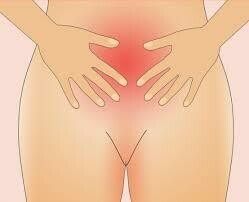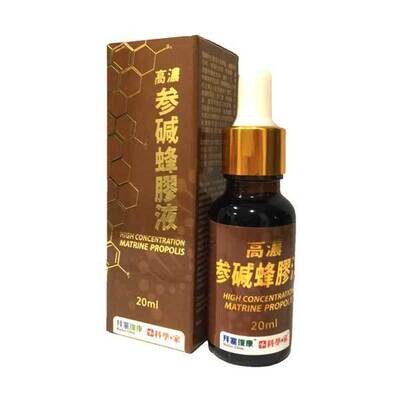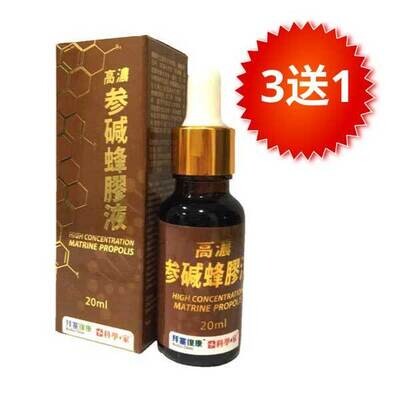經痛、乳漲痛 | Menstrual Pain, Breast Swelling Pain
如你有此疾病,請遵照閣下醫生的完整醫療方案;而是否使用多學科復康方案前,你必須咨詢主診醫生的意見,如果閣下的主診醫生不建議您加入補充劑調理組合,請你不要使用。如果你需要尋求其他醫生作第二咨詢,閣下可聯絡我們線上<無邊界醫生>或你自己城市內的其他專業醫生的再診斷。
經前乳房改變
兩乳經前腫脹和壓痛發生在月經週期的後半段。
經前乳房壓痛的症狀可能從輕微到嚴重不等。症狀通常:
- 最嚴重的是每次月經前
- 在月經期或月經後立即改善
- 手指輕搓能感覺到乳房組織可能有一個密實的鹅卵石。這種感覺通常更多地發生在外側,尤其是靠近腋窩的部位。也可能有斷斷續續或持續的乳房豐滿感,伴有隱隱、劇烈疼痛和壓痛。
原因:月經週期中激素的變化可能導致乳房腫脹。更多的雌激素是在週期的早期產生的,在週期中期之前達到峰值。這會導致乳腺導管增大。孕酮水准在第21天達到峰值(以28天為週期)。這會導致乳腺小葉(乳腺)生長。
經前乳房腫脹通常與:
- 經前期綜合征
- 乳腺纖維囊性疾病(良性乳腺病變)
- 幾乎所有的女性都會出現經前乳房的壓痛和腫脹。許多婦女在生育期間可能會出現更嚴重的症狀。服用避孕藥的婦女症狀可能會减少。
風險因素可能包括:
- 家族史
- 高脂飲食
- 咖啡因太多
- 家庭護理
自理小貼士:
- 吃低脂肪的食物。
- 避免咖啡因(咖啡、茶和巧克力)。
- 在經期開始前1到2周避免食鹽。
- 每天進行劇烈運動。
- 日夜佩戴合身的胷罩,提供良好的胸部支撐。
- 你應該練習乳房意識。一定要定期檢查你的乳房有無變化。
何時聯系醫療專業人員
如果您:
- 乳房組織中有新的、不尋常的或變化中的腫塊
- 乳房組織有單側腫塊
- 不知道如何正確進行乳房自檢
- 女性,年齡40歲或以上,從未做過乳房X光檢查
- 你的乳頭有分泌物,特別是如果是血性或棕色分泌物
- 有干擾你睡眠能力的症狀,飲食改變和鍛煉也沒有幫助
您的醫療機構將記錄您的病史並進行體檢。醫生會檢查乳房腫塊,並注意腫塊的質量(堅硬、柔軟、光滑、凹凸不平等)。
可以做乳房X光或乳房超聲波檢查。這些測試將評估乳房檢查中的任何异常發現。如果發現腫塊不明顯是良性的,你可能需要做乳腺活檢。
您的醫療機構提供的這些藥物可以減輕或消除症狀:
- 含有孕激素的注射或注射。單次注射有效期可長達90天。這些注射被注入上臂或臀部的肌肉。它們通過停止月經來緩解症狀。
- 避孕藥。
- 月經前服用的利尿劑。這些藥丸可以減輕乳房腫脹和壓痛。
- 達那唑可用於嚴重病例。達那唑是一種人造雄激素(雄性激素)。如果這對你不起作用,可以開其他的藥。
Ref: https://medlineplus.gov/ency/article/003153.htm
Premenstrual breast changes
Premenstrual swelling and tenderness of both breasts occurs during the second half of the menstrual cycle.
Considerations
Symptoms of premenstrual breast tenderness may range from mild to severe. Symptoms usually:
- Are most severe just before each menstrual period
- Improve during or right after the menstrual period
Breast tissue may have a dense, bumpy, "cobblestone" feel to the fingers. This feel is usually more in the outer areas, particularly near the armpit. There may also be an off and on or ongoing sense of breast fullness with dull, heavy pain, and tenderness.
Causes
Hormone changes during the menstrual cycle likely lead to breast swelling. More estrogen is made early in the cycle and it peaks just before mid-cycle. This causes the breast ducts to grow in size. The progesterone level peaks near the 21st day (in a 28-day cycle). This causes growth of the breast lobules (milk glands).
Premenstrual breast swelling is often linked with:
- Premenstrual syndrome (PMS)
- Fibrocystic breast disease (benign breast changes)
Premenstrual breast tenderness and swelling probably occur to some degree in nearly all women. More severe symptoms may occur in many women during their childbearing years. Symptoms may be less in women taking birth control pills.
Risk factors may include:
- Family history
- High-fat diet
- Too much caffeine
Home Care
Self-care tips:
- Eat a lower fat diet.
- Avoid caffeine (coffee, tea, and chocolate).
- Avoid salt 1 to 2 weeks before your period starts.
- Get vigorous exercise every day.
- Wear a well-fitting bra day and night to provide good breast support.
You should practice breast awareness. Do check your breasts for changes at regular intervals.
The effectiveness of vitamin E, vitamin B6, and herbal preparations such as evening primrose oil are somewhat controversial. This should be discussed with your health care provider.
When to Contact a Medical Professional
Call your provider if you:
- Have new, unusual, or changing lumps in breast tissue
- Have one-sided (unilateral) lumps in breast tissue
- Do not know how to properly perform breast self-examination
- Are a woman, age 40 years or older, and have never had a screening mammogram
- Have discharge from your nipple, particularly if it is a bloody or brown discharge
- Have symptoms that interfere with your ability to sleep, and diet changes and exercise have not helped
What to Expect at Your Office Visit
Your provider will take your medical history and do a physical examination. The provider will check for breast lumps, and will note the qualities of the lump (firm, soft, smooth, bumpy, and so on).
A mammogram or breast ultrasound may be done. These tests will evaluate any abnormal finding on a breast exam. If a lump is found that is not clearly benign, you may need a breast biopsy.
These medicines from your provider may reduce or eliminate symptoms:
- Injections or shots that contain the hormone progestin (Depoprovera). A single shot works for up to 90 days. These injections are given into the muscles of the upper arm or buttocks. They relieve symptoms by stopping menstrual periods.
- Birth control pills.
- Diuretics (water pills) taken before your menstrual period. These pills may reduce breast swelling and tenderness.
- Danazol may be used in severe cases. Danazol is a manmade androgen (male hormone). If this does not work for you, other medicines may be prescribed.
If you have this disease, please follow your doctor's complete medical plan. You must consult the attending doctor before using the multidisciplinary rehabilitation plan. If your attending doctor does not recommend you to join the supplement conditioning combination, please do not use it. If you need to seek second consultation from other doctors, you can contact our online "Doctors Without Borders", or another professional doctor in your own city.



